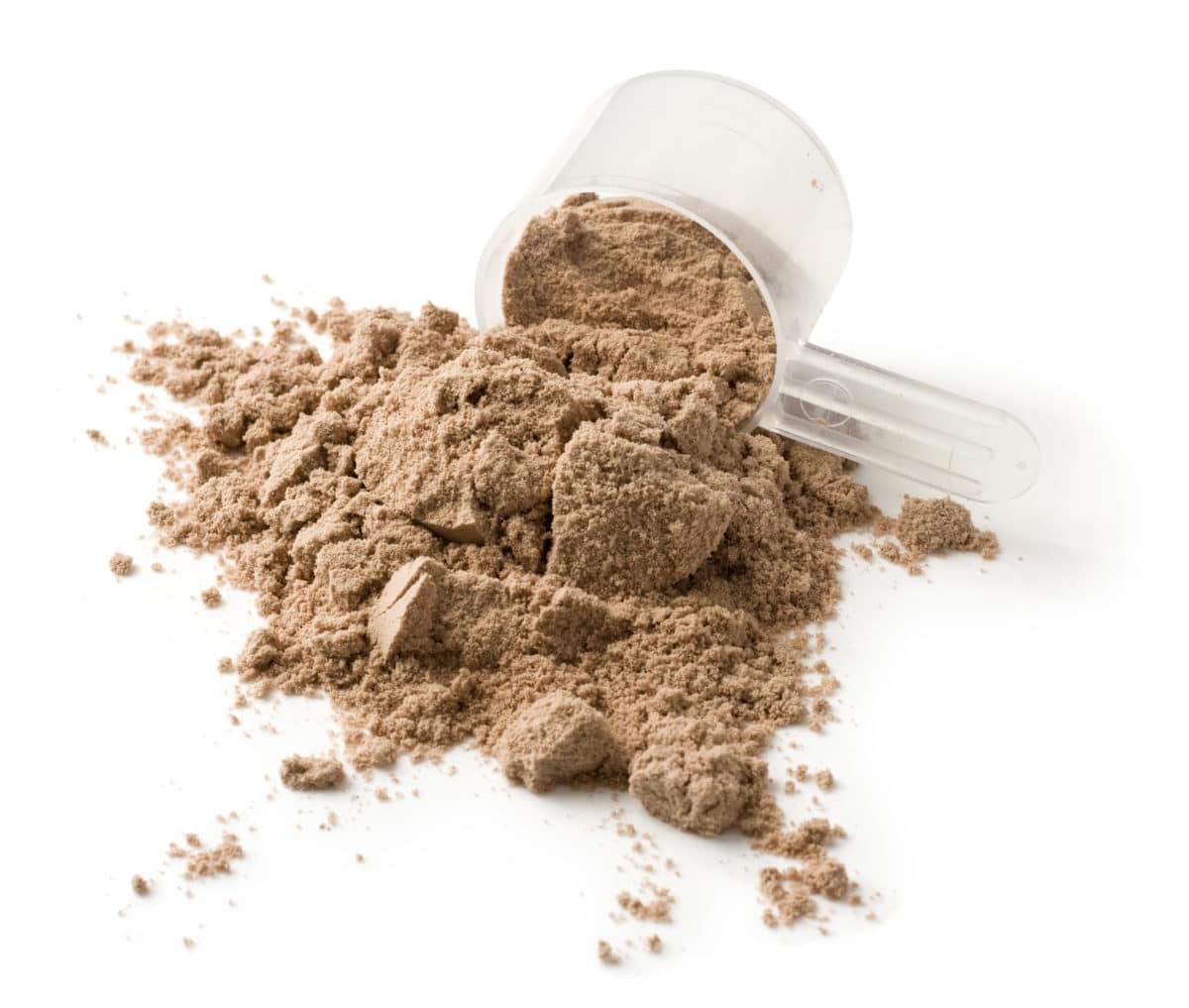By now you have probably heard that people are eating insects. On purpose. Here. In North America. This is really happening.
Even if you, personally, are not ready to experiment with entomophagy (the eating of insects), you are probably at least a teeny tiny bit intrigued about the whole thing.
When you think about ‘eating insects’ perhaps you envision a Neanderthal-esque character holding a wriggling multi-legged insect inches from his tongue, head tilted back in anticipation, maybe a string of drool hanging from the side of his mouth.
Instead, why don’t you picture your favourite dish. Perhaps it’s a multilayered homemade lasagna, perfectly stacked with soft, fresh, sheets of pasta, tangy tomato sauce and smooth cheeses. Yes, this dish too, can become an insect eater’s delight.
How? You might ask. Very simply.
Once roasted, insects such as crickets and mealworms become very crispy and crunchy. In that state, it is very easy to mill them into a powder — exoskeleton and all. Once ground into fine powder, insects can be added simply and easily into virtually anything you can create in the kitchen. The powder, often called ‘flour,’ acts more like a powder than a flour in terms of its properties, so for the purpose of this article, it will be referred to as a ‘powder.’
So let’s go back to the lasagna example. Where can you add insect powder here? In the case of something like lasagna, or any pasta dish for that matter, if you are making the actual pasta at home, you would simply incorporate some of the powder into your dough. Start small when you are experimenting with the powder. Depending on the amount of dough you are making, it will probably be best to start with 20 grams (a couple of tablespoons) for a small batch, and up to 40 grams (¼ cup) for a larger batch. You would blend the powder into the dough until it is smooth. The powder has a pleasant taste — somewhat earthy and mushroomy.
If you didn’t want to add the powder to the actual dough, you could simply blend it into your tomato sauce — whether homemade or store-bought, it doesn’t make a difference. As your sauce is warming, you would add anywhere between 20-30 grams (2-3 tablespoons) of insect powder into your sauce, and blend it right in.
In terms of taste, your lasagna will be as fantastic as always. Chances are you won’t be able to detect the powder whatsoever. The difference will be in terms of the nutrients that will now be coursing through your body.
Insects have twice the amount of protein than beef, more iron than spinach, more calcium than milk, huge amounts of B12, all 9 essential amino acids, perfect ratio of Omega 3: Omega 6, and are high in fiber and prebiotic fiber (necessary for a healthy gut biome).
In addition to entomophagy being healthy for you, it is also more sustainable for the planet. Farming insects requires far fewer resources (water, land and feed) than any other protein source, including soy. For example, it takes 379 liters (100 gallons) of water to produce 454 grams (1 pound) of beef. It takes 3 liters (0.8 gallon) of water to produce 454 grams (1 pound) of crickets. And crickets have twice as much protein as beef.
Not only are you doing something healthy for yourself when you embark on entomophagy, you are also doing something positive for the planet. If one family of four chose to source their protein from insects for one day a week, they would save the planet 650,000 liters (over 171,700 gallons) of water per year. One family.
The best thing is, insect protein is so easy to add into your daily regimen.
There are some who prefer to bake with their insect powder — adding it into cookie and cake batters, tarts and squares, muffins and breads. Others (like myself) prefer to use the insect protein in cooking, such as sauces and stews, soups, salad dressings, patties, dips and the like.
There are many culinary enthusiasts who like to blend the cricket powder with spices like cinnamon and nutmeg, and others who like to combine it with curry, garlic and cayenne.
The beauty of this ‘new’ ingredient is that there is so much experimenting still yet to come. We are really only limited by our own imagination. ![]()
